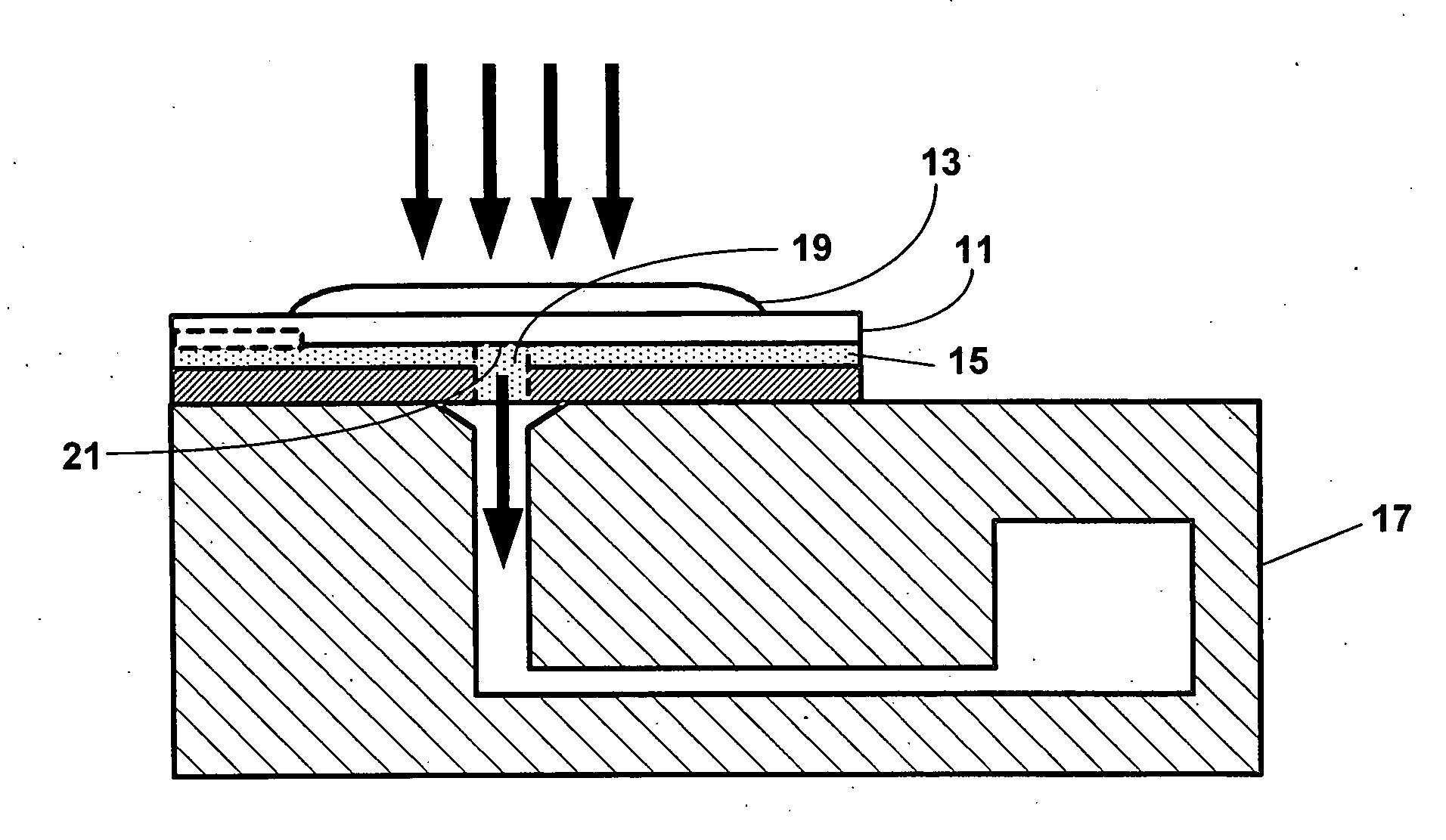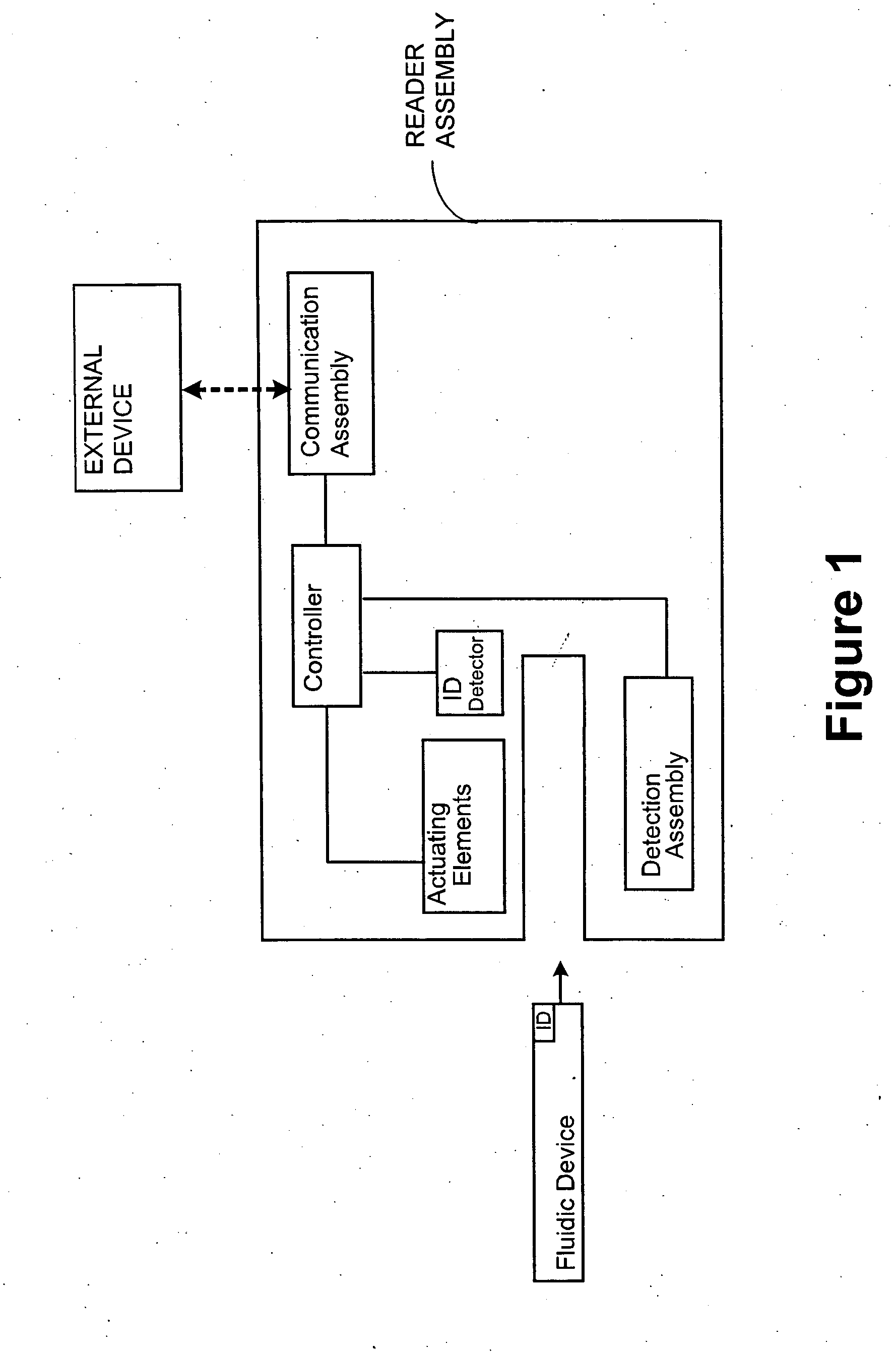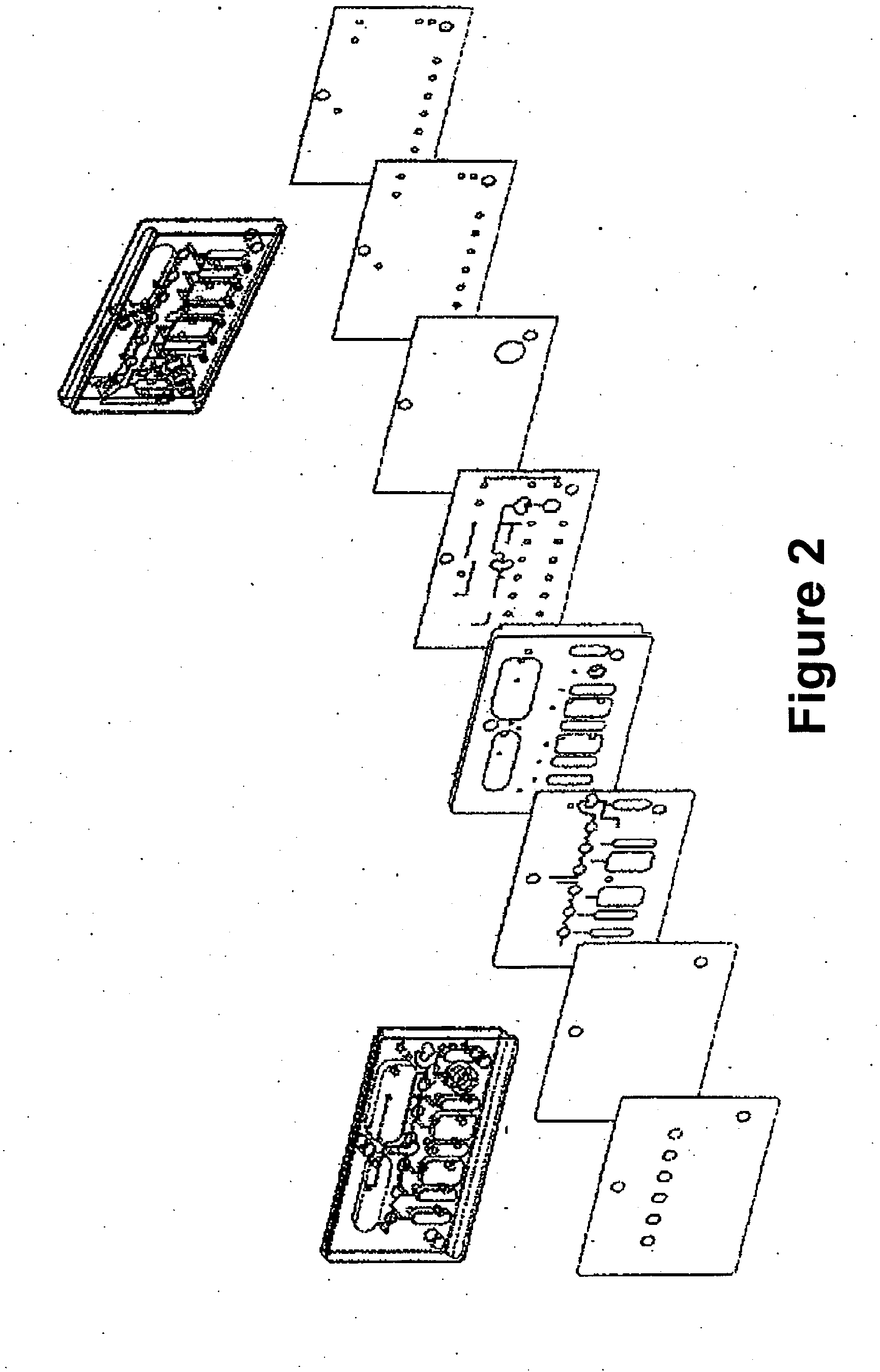Systems and methods for conducting animal studies
a technology of animal studies and systems, applied in the field of medical devices, can solve the problems of delay in data response, variability in physiological drug distribution and metabolism, and the system and point-of-care methods do not provide an integrated solution for sample acquisition, analysis and communication of results to medical practitioners or health providers, so as to facilitate high-throughput point-of-care testing and simplify laborious and expensive processing procedures
- Summary
- Abstract
- Description
- Claims
- Application Information
AI Technical Summary
Benefits of technology
Problems solved by technology
Method used
Image
Examples
Embodiment Construction
[0065] One aspect of the present invention is a system for detecting an analyte in a sample of bodily fluid. The system is capable of detecting and / or quantifying analytes that are associated with specific biological processes, physiological conditions, disorders or stages of disorders.
[0066] The subject system comprises a fluidic device having one or more of the following components: a sample collection unit, an assay assembly, a reader assembly, and a communication assembly. The sample collection unit typically allows a sample of bodily fluid collected from a subject to react with reactants contained within the assay assembly for generating a signal indicative of the presence of the analyte of interest. The reader assembly detects the signal, which is then transmitted via the communication assembly to an external device for further processing.
[0067] Any bodily fluids suspected to contain an analyte of interest can be used in conjunction with the subject system or devices...
PUM
 Login to View More
Login to View More Abstract
Description
Claims
Application Information
 Login to View More
Login to View More - R&D
- Intellectual Property
- Life Sciences
- Materials
- Tech Scout
- Unparalleled Data Quality
- Higher Quality Content
- 60% Fewer Hallucinations
Browse by: Latest US Patents, China's latest patents, Technical Efficacy Thesaurus, Application Domain, Technology Topic, Popular Technical Reports.
© 2025 PatSnap. All rights reserved.Legal|Privacy policy|Modern Slavery Act Transparency Statement|Sitemap|About US| Contact US: help@patsnap.com



